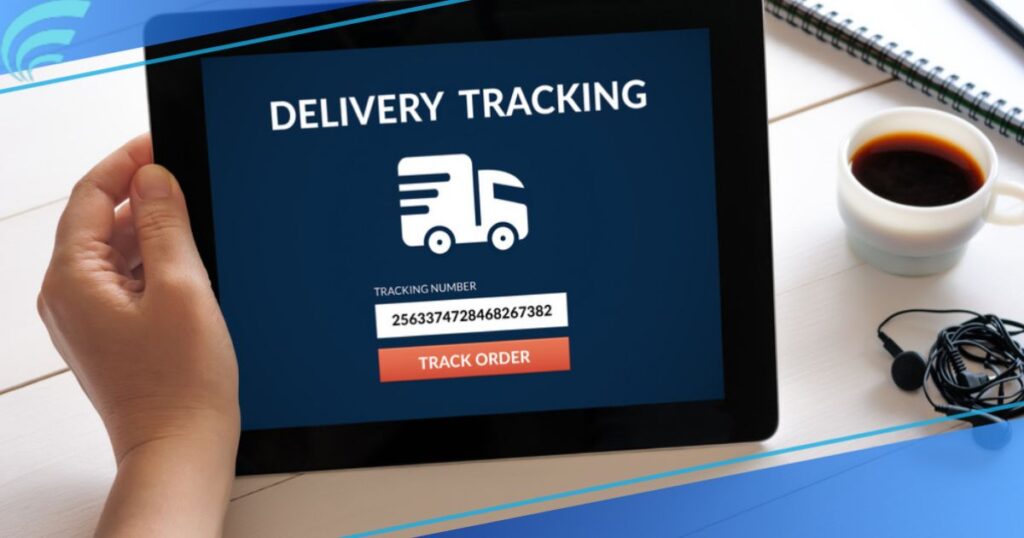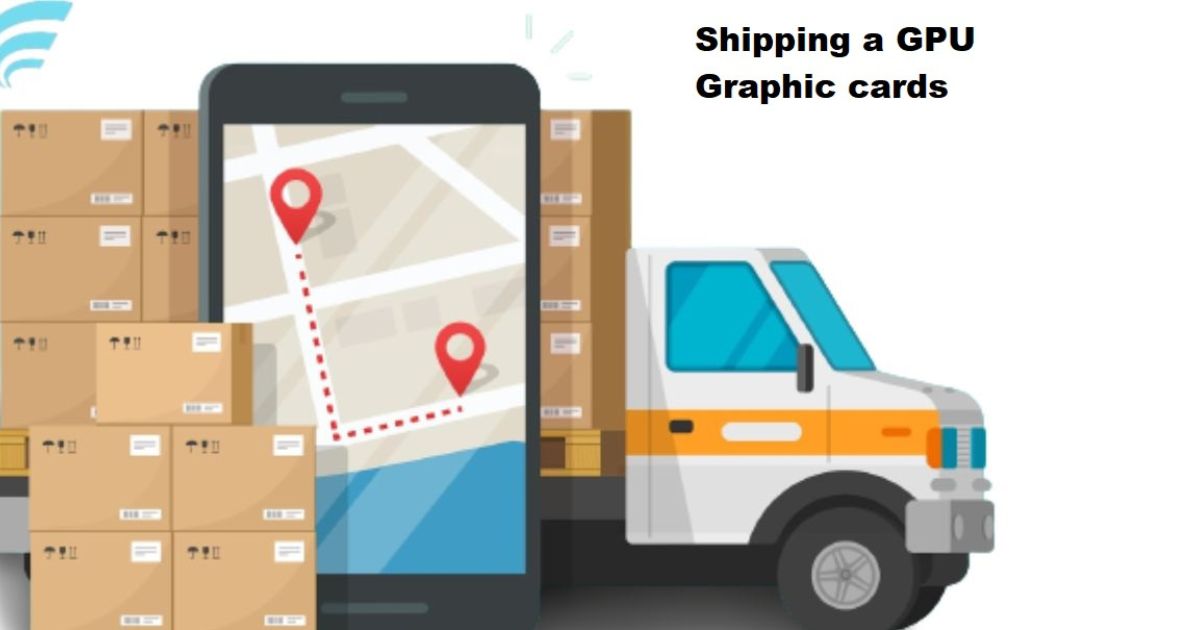Shipping a GPU involves sending a graphics processing unit from one location to another. This process is vital for various reasons, such as selling, purchasing, or repairing GPUs. Whether you’re a gamer looking to send a GPU to a friend, a seller shipping to a customer, or someone in need of GPU repairs, understanding how to ship a GPU securely is essential.
Now, you might be wondering, How to ship a GPU? It’s a valid question, as ensuring your GPU’s safe transit is crucial. A mishandled GPU can result in damage or performance issues. To make sure your graphics card reaches its destination intact, this article will guide you through the steps and best practices for shipping a GPU effectively.
Shipping a GPU involves a set of considerations, from selecting the right packaging materials to choosing the appropriate shipping method. It’s more than just placing your GPU in a box and sending it off. By following specific guidelines, you can protect your investment and ensure the GPU’s performance is preserved during transit. In this article, we’ll delve into the intricate process of shipping a GPU and offer valuable insights to help you ship your graphics card securely and with confidence.
Preparing Your GPU for Shipment
Before you start the shipping process, it’s essential to prepare the GPU to minimize the risk of damage during transit.
Step 1: Remove the GPU from Your System
- Power down your computer and unplug it from the electrical outlet.
- Open your computer case and carefully remove the GPU from the PCIe slot.
Step 2: Clean the GPU
- Use compressed air to remove any dust or debris from the GPU’s heat sink and fan.
- Inspect the GPU for any loose components or damaged parts.
Step 3: Wrap the GPU
- Place the GPU in an anti-static bag to protect it from electrostatic discharge.
- Wrap the bag with bubble wrap to provide additional cushioning.
- Secure the wrapped GPU with tape to prevent it from moving during shipment.
Choosing the Right Packaging
Selecting the proper packaging materials is crucial to ensuring the GPU’s safety during transit.
Step 4: Get a Sturdy Box
- Choose a corrugated cardboard box that is slightly larger than the GPU to allow space for additional protective materials.
- Ensure the box is in good condition without any structural damage.
Step 5: Add Cushioning Material
- Place a layer of bubble wrap or packing peanuts at the bottom of the box.
- Carefully put the wrapped GPU in the center of the box.
- Fill the remaining space with additional cushioning material to prevent movement.
Step 6: Seal the Box
- Close the box and seal it with strong packing tape.
- Reinforce the corners and seams with extra tape for added security.
Addressing the Shipping Label
Step 7: Label the Package
- Clearly print the recipient’s name, address, and contact information on the shipping label.
- Attach the label securely to the box, making sure it is flat and easy to read.
Shipping the GPU
Now that your GPU is properly packaged, it’s time to send it to its destination.
Step 8: Choose a Reliable Shipping Service
- Select a reputable shipping service that offers package tracking and insurance.
- Consider insuring the package for the GPU’s full value to protect against loss or damage.
Step 9: Drop Off or Schedule a Pickup
- Take the package to your chosen shipping service’s drop-off location.
- Alternatively, schedule a pickup if the shipping service offers this option.
Step 10: Share Tracking Information

- Share the tracking information with the recipient so they can monitor the shipment’s progress.
Receiving and Installing the Shipped GPU
Step 11: Receiving the GPU
- Once the GPU arrives, carefully open the package.
- Inspect the GPU for any damage during transit.
Step 12: Installing the GPU
- If everything is in good condition, follow the manufacturer’s instructions to install the GPU on the recipient’s computer.
Packaging Materials Checklist
Before you ship your GPU, it’s essential to gather the right packaging materials to ensure its safety during transit. Here’s a checklist of the materials you’ll need:
| Material | Purpose |
| Anti-static bags | Protect the GPU from static electricity |
| Cardboard boxes | Provide structural support and protection |
| Bubble wrap | Cushion and protect the GPU |
| Foam padding | Additional shock absorption |
| Packing peanuts | Fill empty spaces and prevent movement |
| Shipping labels | Clearly mark the destination and handling instructions |
| Packaging tape | Securely seal boxes and prevent tampering |
| Fragile stickers | Alert handlers to delicate contents |
| Insulation material | Weatherproof packaging (if needed) |
Using these materials in the right way can help ensure your GPU arrives in perfect condition.
Pros of shipping a GPU
- Safeguarding Your Investment: Properly shipping your GPU ensures it arrives at its destination in perfect condition, protecting your valuable investment.
- Convenience: Shipping allows you to send your GPU anywhere in the world, making it a convenient option for buyers, sellers, or individuals seeking repairs.
- Wide Reach: You can access a global market for buying or selling GPUs, as shipping makes it possible to reach customers and sellers worldwide.
- Insurance Options: Shipping services often offer insurance, allowing you to cover the full value of your GPU in case of loss or damage.
- Preserving GPU Performance: By taking care to ship your GPU securely, you maintain its performance and longevity.
Cons of shipping a GPU
- Risk of Damage: Shipping carries inherent risks, and there’s a possibility that your GPU could be damaged during transit.
- Shipping Costs: Depending on the shipping method and destination, the costs of shipping a GPU can add up, especially for international deliveries.
- Delivery Delays: Delays in shipping can disrupt timelines, causing inconvenience for both the sender and recipient.
- Complex Packaging: Properly packaging a GPU can be a complex and time-consuming process, requiring specific materials and techniques.
- Compatibility Concerns: For buyers, there might be concerns about the compatibility of the shipped GPU with their system, especially when buying used components.
FAQs
Is it safe to ship a GPU in its original packaging?
It’s generally safe to ship a GPU in its original packaging if you still have it. However, it’s essential to add extra cushioning and protective materials to ensure its safety during transit.
How should I clean my GPU before shipping it?
Use compressed air to remove dust and debris from your GPU. Avoid using any liquid cleaning solutions, as they can damage the sensitive components.
What should I do if my GPU arrives damaged?
If your GPU arrives damaged, document the damage with photos and contact the shipping company and the recipient immediately. The shipping insurance should cover the damage.
Is it necessary to insure my GPU during shipping?
While not mandatory, it’s highly recommended to insure your GPU during shipping, especially if it’s valuable. This provides peace of mind in the event of loss or damage.
Conclusion
Understanding the process of how to ship a GPU is crucial for ensuring that your valuable graphics card reaches its destination intact and ready for use. By following the guidelines and tips provided in this article, you can take the necessary steps to safeguard your investment and maintain your GPU’s performance during transit.
Remember that the right packaging, suitable shipping methods, and attention to details such as insurance and compatibility concerns can make all the difference in a successful GPU shipment. Whether you’re selling, buying, or sending a LHR graphics card for repairs, these insights will help you navigate the shipping process with confidence and peace of mind. Safe travels for your GPU.











